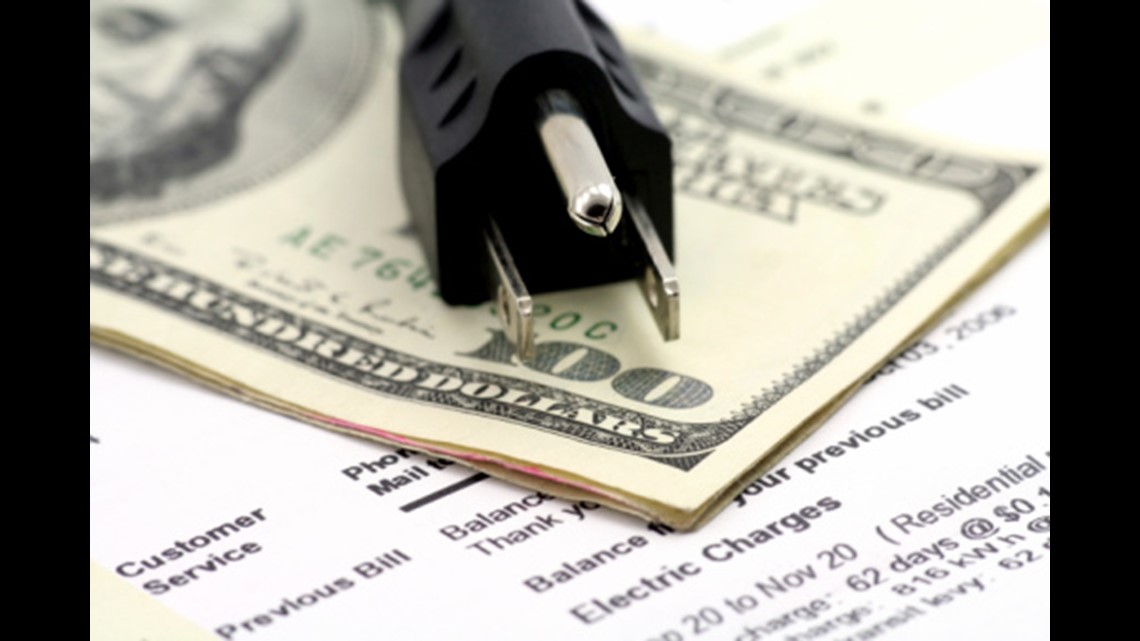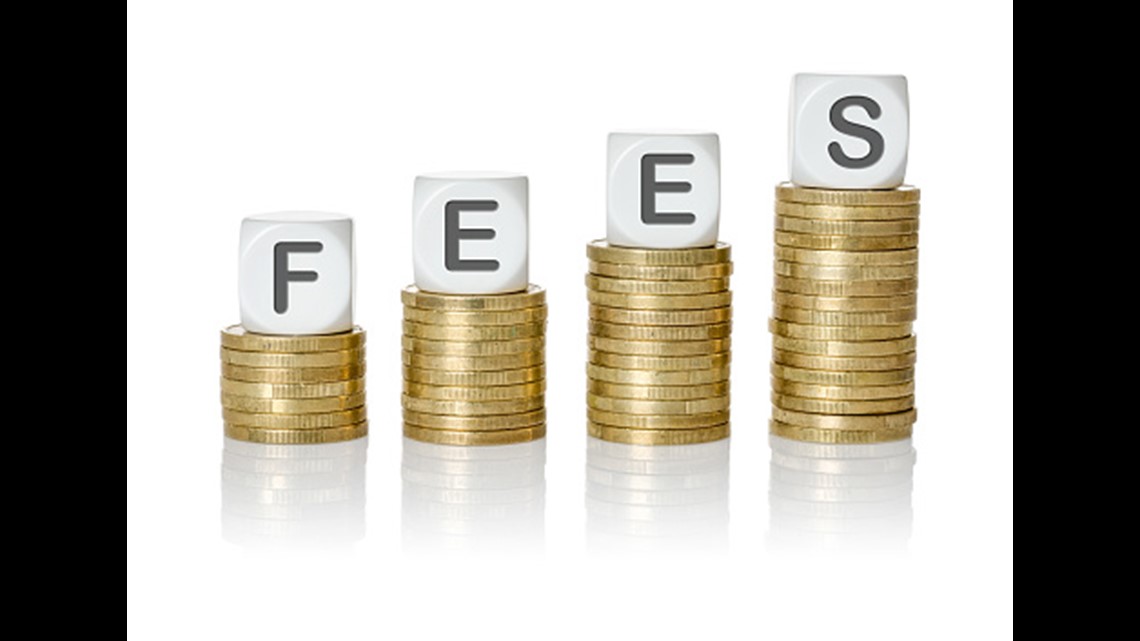As more Americans choose to cut the cord and turn to streaming services like Netflix and Amazon Prime, hidden fees and confusing terminology are making bills murkier for cable customers.
When Brian Shim, founder of disablemycable.com, moved from Los Angeles to Providence, R.I., in 2010, his bill increased from $34 to $52 for the same basic cable service. After six months, his bill jumped to $57, with still no additional service.
“The cost just went up so fast, even back then, I was like ... ‘I don’t want to pay that much,’ ” says Shim. He decided then it was time to cut the cord.
Consumers spent a monthly average of $103 for a pay-TV service in 2016, up from $99 in 2015, according to a 2016 cable study by Leichtman Research Group, a New Hampshire-based media research firm.
Cable providers lost 599,000 subscribers in 2015, showing a continued increase in cord cutting, according to a 2017 Federal Communications Commission report on competition in the broadcast and video programming market.
Streaming services like Netflix, Hulu, and Amazon Prime topped cable TV subscriptions in 2016, with 67% of Americans subscribing to a cable provider and 68% subscribing to a streaming service, according to a 2017 report by the Virginia-based Consumer Technology Association.
If you aren’t ready to cut the cord, there are costs to look out for if you have or are considering cable.


1. First-timer fees
Cable companies entice new customers with low introductory costs for the first six months to a year, but “pad it with a bunch of ridiculous, non-transparent fees,” says Ed Mierzwinski, consumer program director for the U.S. Public Interest Research Group, a Washington, D.C.-based nonprofit that advocates for consumers.
Many companies entice customers with promising bundles, but the fine print is often located somewhere away from the offer price, and easily missed. Reading the fine print will reveal that fees, such as activation, which is typically around $35, aren’t included.
2. Cancellation fees
If you have a contract and want to cancel your subscription, be prepared to pay up to $240, or $20 monthly payments, according to the fine print in some introductory offers.
Some cable companies have sentences hidden in their offer details that can make it impossible to argue later, if costs increase. Look out for sentences, such as: “All terms subject to change and may be modified/discontinued at any time without notice.”
3. Rental fees
Reading your cable bill can be informative, but frustrating. Trying to make sense of the various line-by-line charges is enough to make you say ‘forget it,’ pay it, and move on with the next episode of Showtime’s “Twin Peaks.”
But taking the time to understand exactly what you’re paying for can help in the long run, when it’s time to negotiate.
Remote control rental fees, cable box rental fees, and DVR fees are just a few of the small additions that can accumulate. For example, a $5-a-month fee per cable box rental will cost you $60 by the end of the year, an entire month's cable bill in some cases, and that’s just if you have one box.
While internet streaming services are on the rise over cable subscriptions, such as more than 100 million Netflix subscribers, many cable companies “provide internet access, and if you don’t have your own modem, they’ll charge you for that, in most cases,” says Shim.


4. Taxes and surcharges
Additionally, cable companies have to charge taxes and fees, but there’s little transparency when it comes to what those fees are and why you’re paying them, says Mierzwinski.
A review of sample consumer cable bills provided by three leading cable providers found that no company charges the same amount. For example, Comcast shows taxes, fees, and surcharges totaling $5.14, Time Warner Cable $9.35, and Spectrum $7.82 (states and cities were not specified on the sample bills).
5. “Loyalty” penalties
Many cable subscribers who have been loyal customers for years might pay a higher rate for the same service than a new customer, Mierzwinski says.
“You get stuck on an old plan and realize your neighbors get the same service you do, but your neighbor’s paying $80 and you’re paying $90 [a month],” says Mierzwinski. “And it may be because of the add-on fees, the cable boxes, or the taxes. It may simply be because you got on there earlier and they haven’t offered the lower price to existing customers.”
Even if you receive a new package for a good price, many packages include extra programming you might not want. Consumers should call their cable providers once a year to see if they can renegotiate their package in order to receive a better rate or more services for the same price.
“The other thing you should look at,” says Mierzwinski, “is the cable companies are changing their tiers, and you should examine if you can get away with a lower tier that saves you a lot of money because you never watch any of the channels on the higher tiers.”
How to potentially save
Being attentive to your bill is the first step. Assertiveness could go a long way, too. Negotiating with your cable provider could cause your bill to be lowered and the company would keep you as a customer.
Mierzwinski recommends calling your cable provider from a different phone number than what’s listed on your account. When you use the number on your account, the customer service representative will often be able to tell that you have an account and be less honest about what other options are available through them, he says.
After studying your bill and doing your research on other providers or packages, Mierzwinski and Shim both agree the best thing you can do is to be willing to cut the cord.
“Not enough consumers threaten to walk. That gives [the cable companies] leverage not to negotiate,” Mierzwinski says.
MagnifyMoney is a price comparison and financial education website, founded by former bankers who use their knowledge of how the system works to help you save money.

